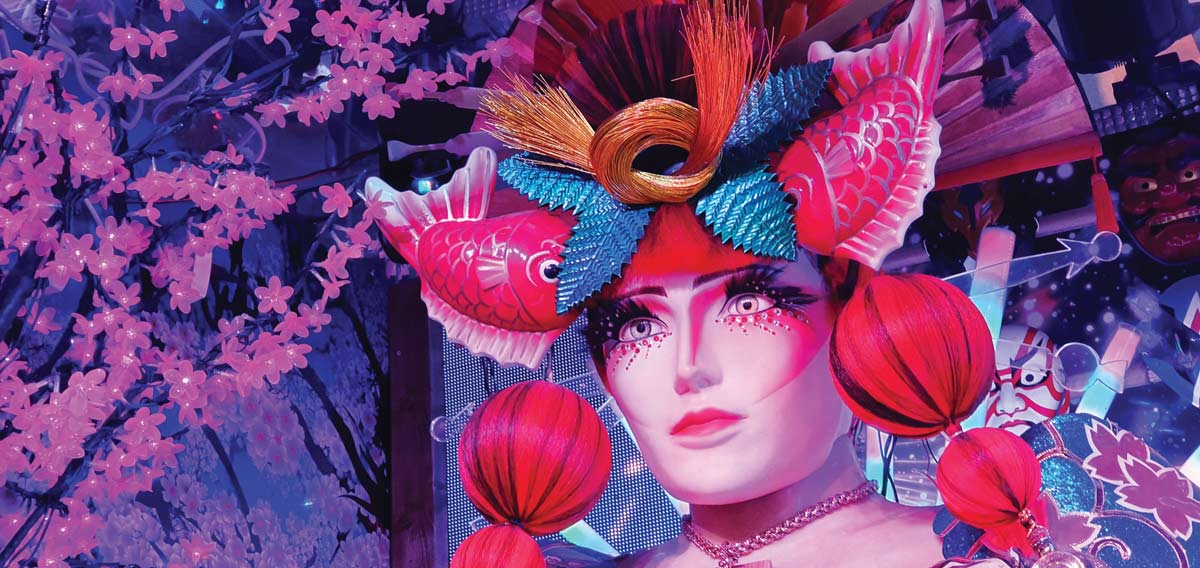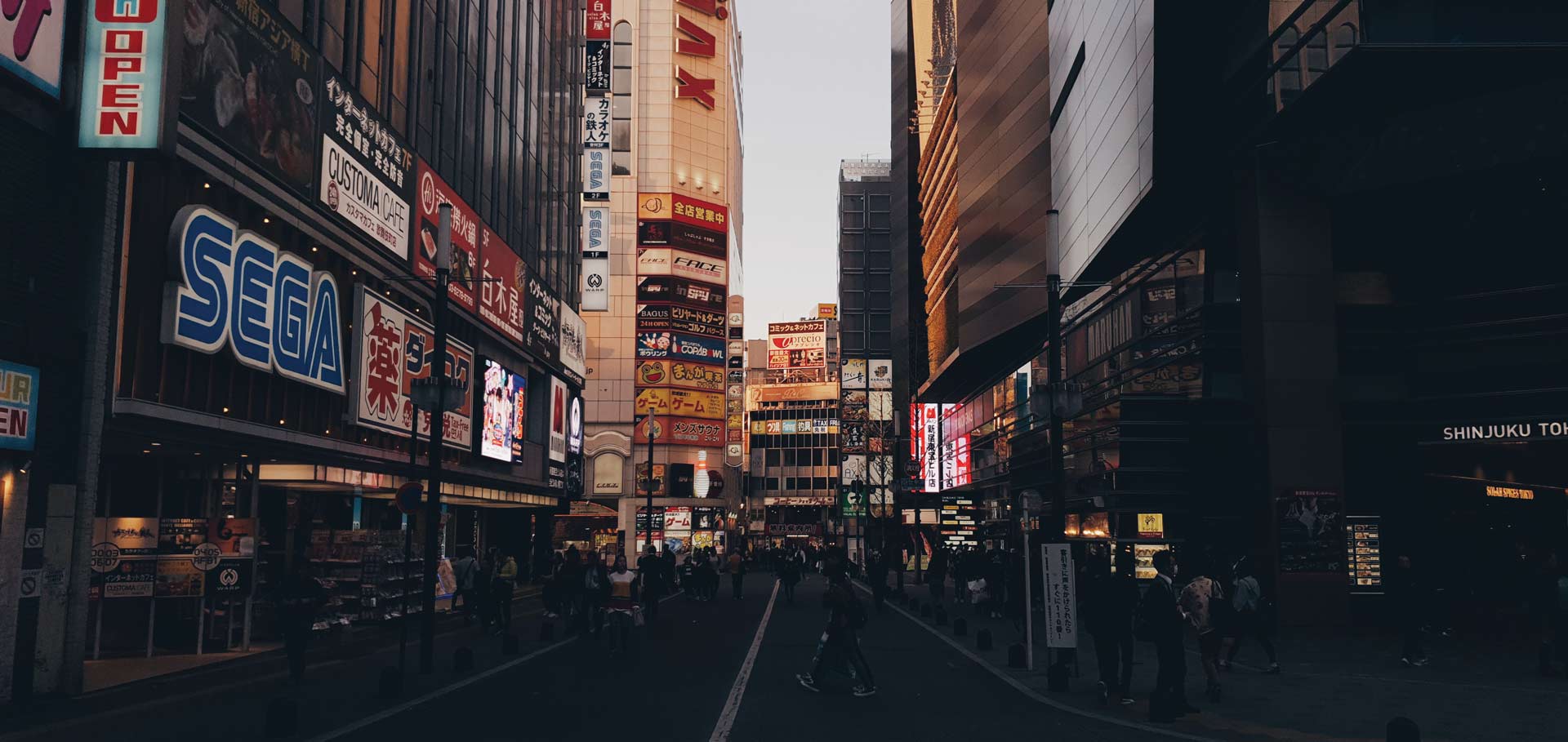Tokyo Skills
It is the world’s biggest metropolis for big businesses and millions of workers and international tourists visit there each year. It is a whopping 2,194 square kilometres in area size and a population of 13.84 million. The city sizzles with life 24/7, but there is always space for a bright pink cherry blossom tree, or a tidy cobbled street leading up to a colourful garden for a calm moment.
One Kiwi face that you might recognize that has gotten lost in the bustling streets of Tokyo is Tim Lambourne. A couple of years ago, TVNZ connected with their youth audience using TVNZ U Live sofa and Tim Lambourne was the guy on that sofa.
After leaving the glistening lights of TVNZ in Auckland, he’s been travelling around and broadening his horizons as a DJ, writer, radio presenter and photographer. Recently, he’s collaborated with Samsung, showing off the capabilities of the camera on the Galaxy S10. With the build-up to the 2019 Rugby World Cup in September, Lambourne has used his skills to create a tapestry of Tokyo’s visage, using the Samsung Galaxy S10 as his tool. We talked to Lambourne about how he uses Tokyo as a canvas, not just a destination.
Photography by Tim Lambourne taken on the Samsung Galaxy S10
How did photography become such a passion for you?
I did a semester abroad in Missouri during university and I wanted classes that didn’t have exams, so I chose two photography classes. My tutor for the art photography class was incredible and completely changed how I thought about photography and cameras. It’s a bit of a cliché, but that tutor and that class changed my life.

Was it easy to transfer your other creative pursuits into photography?
Previous to picking up cameras, I was more passionate about writing. What that class helped me understand is that photography, and most art for that matter, is about storytelling. Once I learned how to tell stories with a camera, it wasn’t too dissimilar to writing. Communicating complex ideas as simply and clearly as you can.
What tools do you usually use in capturing images?
I have a medium format film camera that I love, but only use for shooting gallery shows and exhibitions. Every other photo I take is on my phone, the Samsung Galaxy S10. Life happens around you, so being able to respond instantly, in any situation, to capture a photograph or a moment is a real privilege of the incredible technology that is packed into the Galaxy.

What difference do you see in using the Samsung Galaxy S10 compared to the tools you normally use?
Mobility. There are some places you just can’t take a big clunky camera for whatever reason, yet you always have your phone on you. Now, because of the quality of the camera, and the ability to control settings like shutter speed, aperture and white balance, I can just be taking photos anywhere at any time.
What are some of your favourite features of the Galaxy S10?
Shutter speed and aperture are everything. Being able to harness light through the shutter and aperture are the fundamentals of photography and without those, you lose a lot of control. Being able to open the aperture and slow down the shutter allows me to shoot beautiful shots at night which, in a neon jungle like Tokyo, is crucial.

What’s the best thing about living in Japan?
The access to incredible art and culture is second to none. The best musicians, artists and designers are all here making inspiring work. To be a part of that energy is very special.
How do you think the place you live inspires your work?
In the case of Tokyo, it holds you to a higher bar. You have to make your best work because everyone else around you is. If you don’t do your best, it won’t be good enough. I like that pressure.

What motivates you to create?
I’m not very good at doing anything else.
What advice would you give to budding photographers just starting off?
Learn to edit. The one downside of digital photography is that images are free, which might sound like a good thing, and it is, but it makes it hard to choose images because it doesn’t cost any more to take 10 photos as it does 100. The best photographers know how to edit 100 potential shots down to one final image. Be ruthless.
What’s next for your photography journey?
I’m learning as much as I can about lighting. That’s the secret to photography and it’s an area I need to spend a lot more time on.


